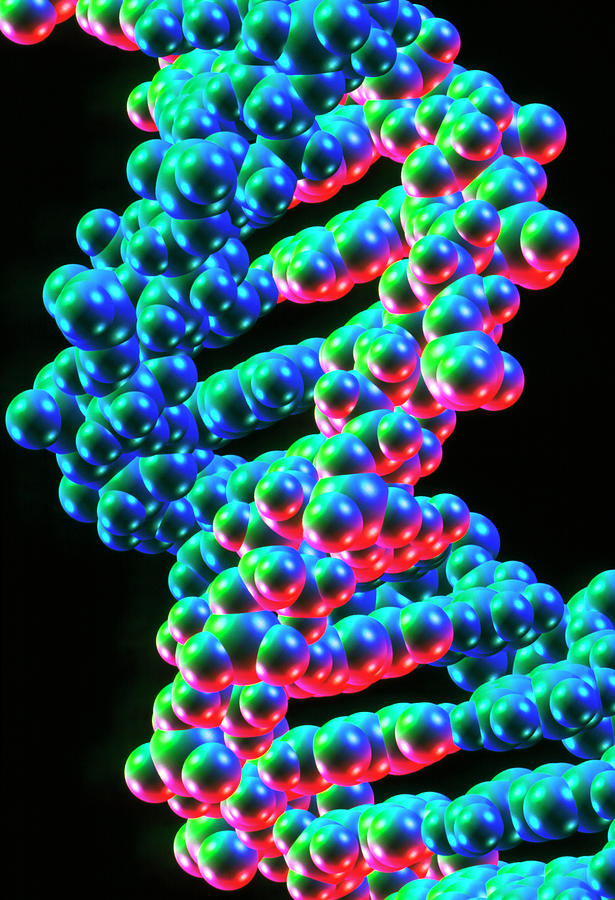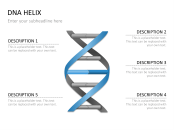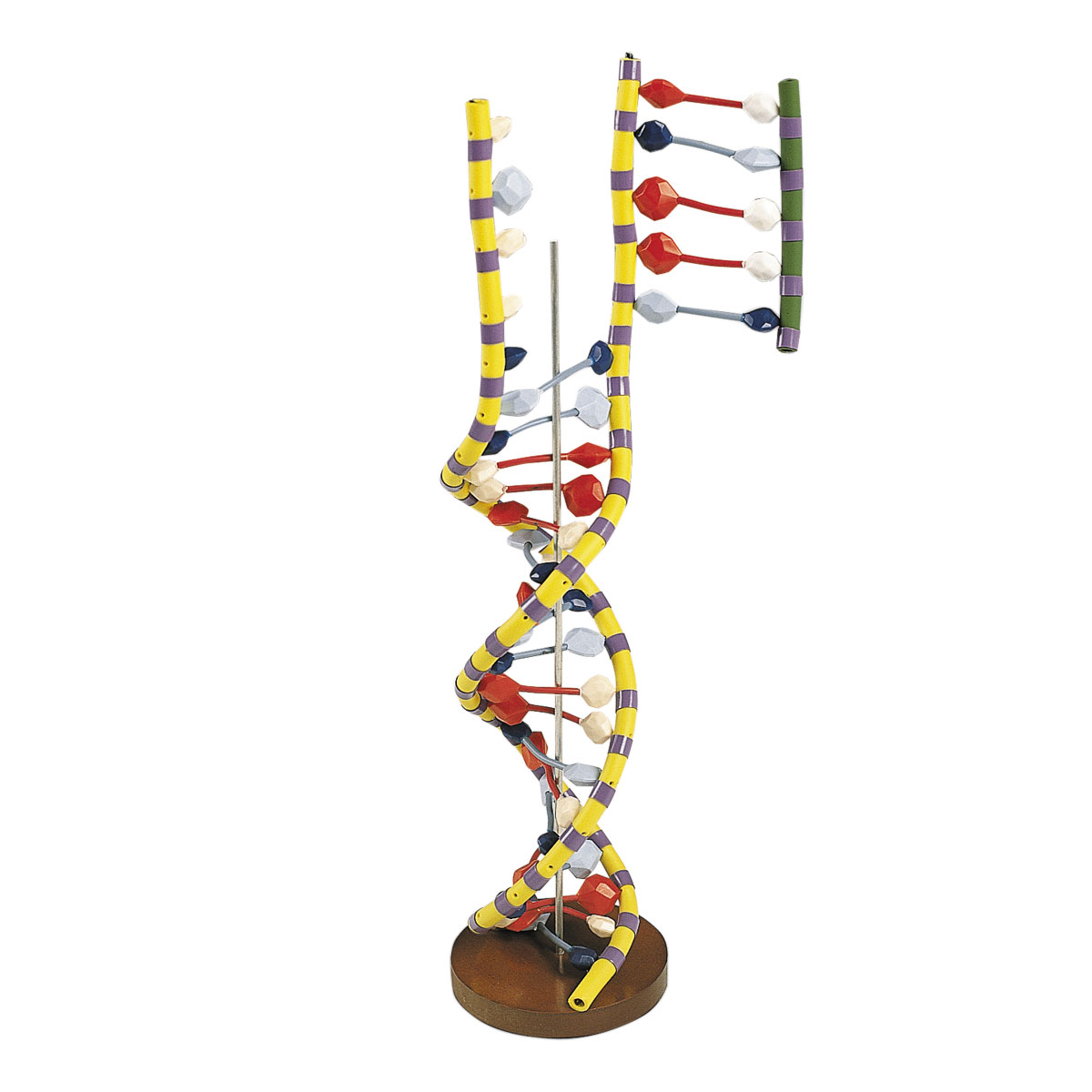

Watson, "The Double Helix: A Personal Account of the Discovery of the Structure of DNA". James Watson wrote a personal account of his famous discovery and the people involved: James D. Watson, Crick and Wilkins received the Nobel Prize for Physiology or Medicine in 1962.
DOUBLE HELIX DNA PDF
To view the PDF on this page, you will need Adobe Reader. Their 900-word paper, published in Nature, concluded, famously, "It has not escaped our notice that the specific pairing we have postulated immediately suggests a possible copying mechanism for the genetic material."


Their model revealed the following important properties: Watson and Crick used paper cutouts of the bases and metal scraps from a machine shop to come up with their own model. Others quickly realized that the model was chemically flawed. While Watson and Crick were still working on their model, Pauling published a paper suggesting a triple-helical structure for DNA. They were competing with Linus Pauling, who had earlier discovered the alpha-helical structure of some protein molecules. Watson and Crick raced to find the structure before anyone else.
DOUBLE HELIX DNA SERIES
Nucleotides are linked in series into a chain, with phosphate and sugar groups alternating. DNA is made of nucleotides, chemical building blocks made of three parts: a phosphate group that is linked to a deoxyribose sugar, which is in turn linked to one of four nitrogenous bases - adenine (A), cytosine (C), guanine (G), or thymine (T).By the time Watson and Crick turned their attention to solving the chemical structure of DNA, DNA was known to have the following attributes: Francis Crick and James Watson described the double helix structure of DNA.


 0 kommentar(er)
0 kommentar(er)
